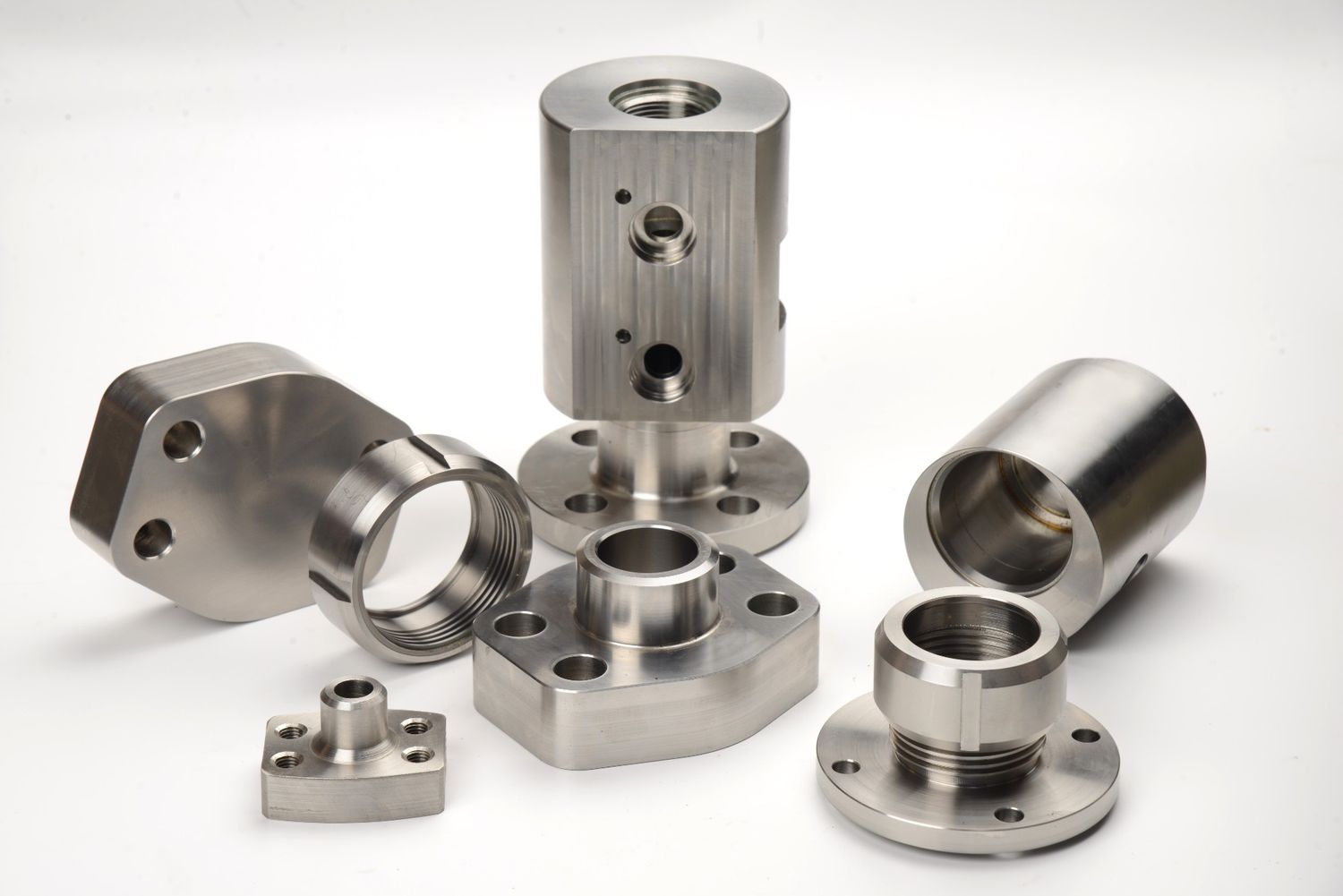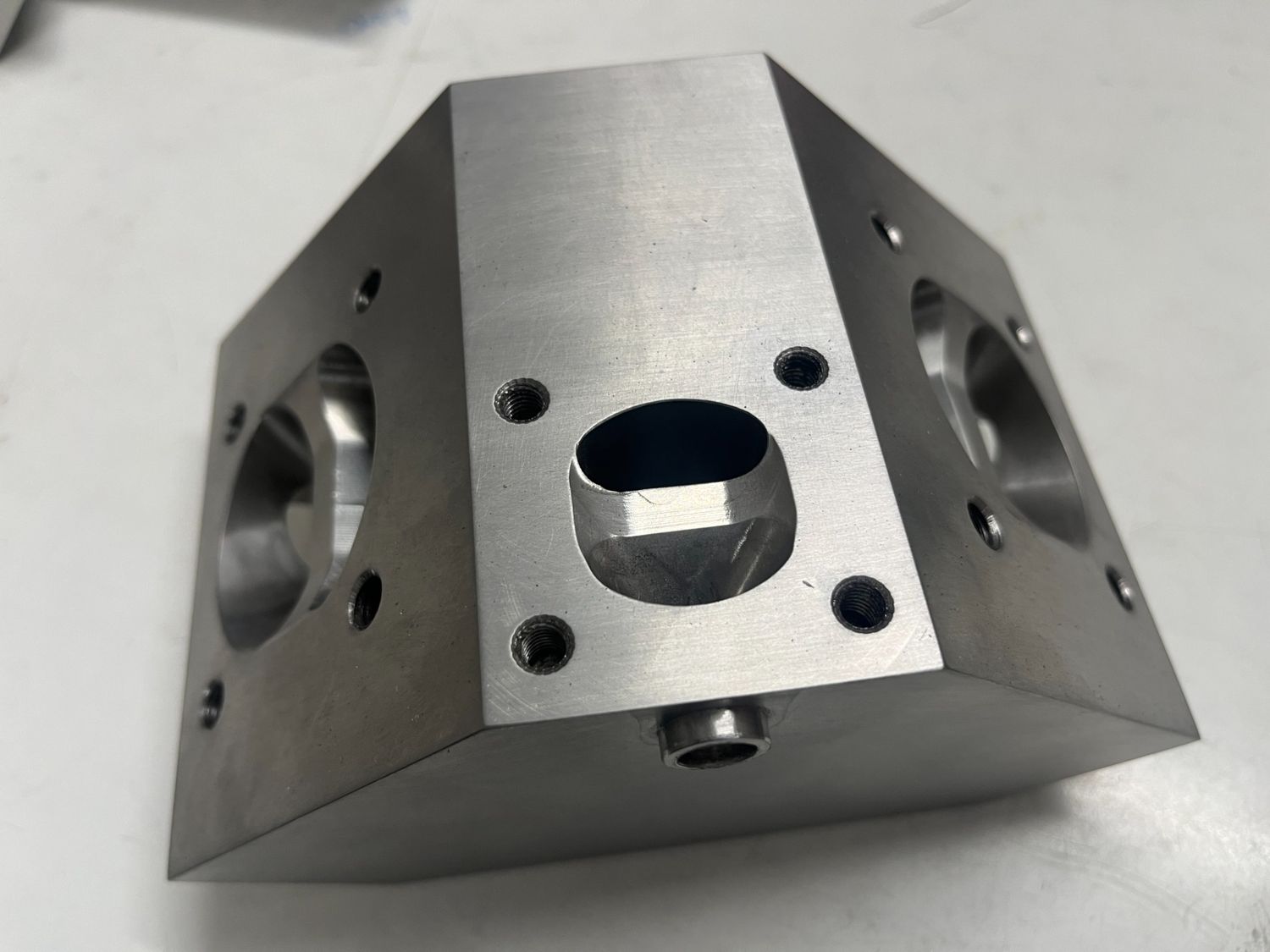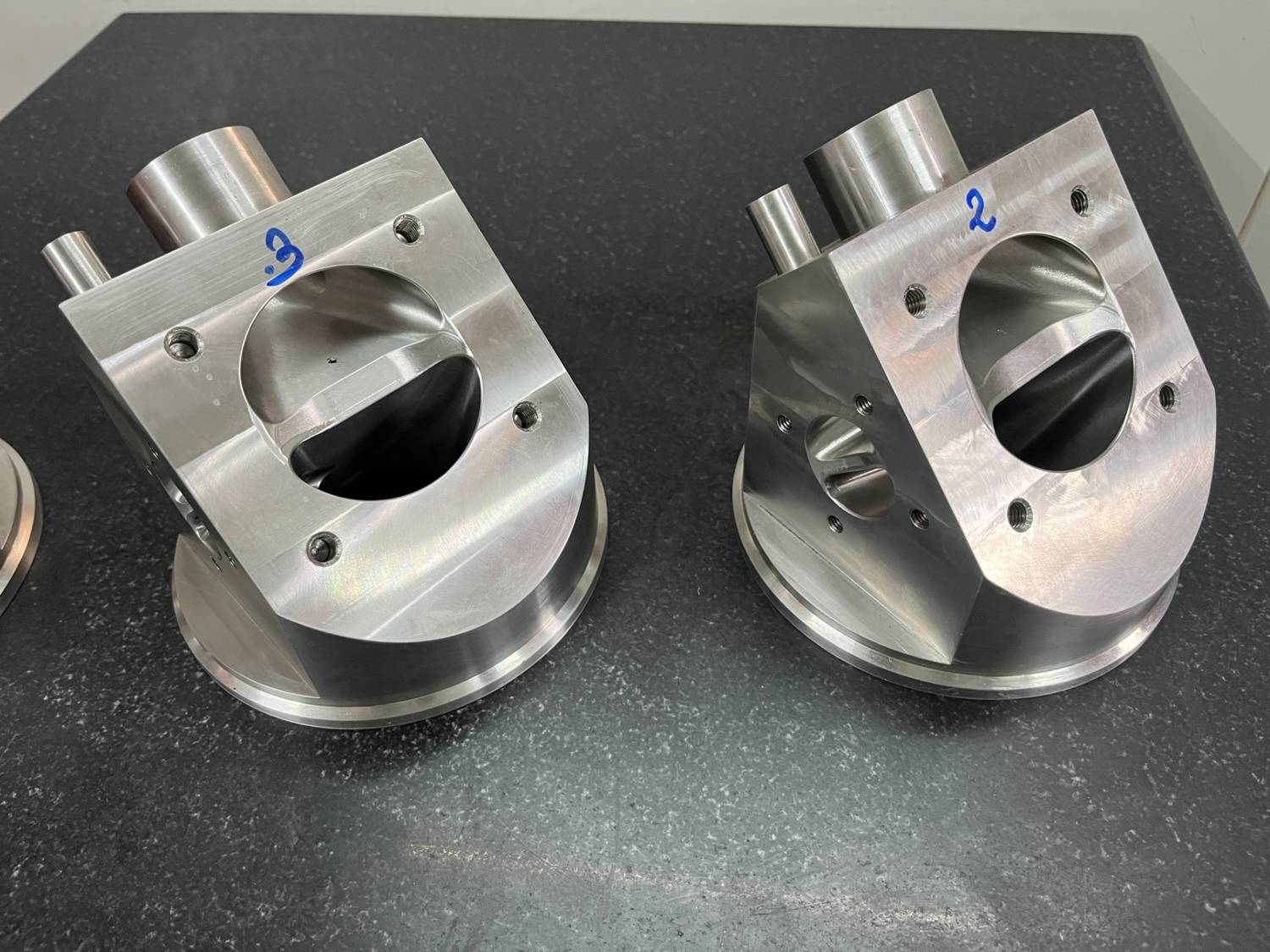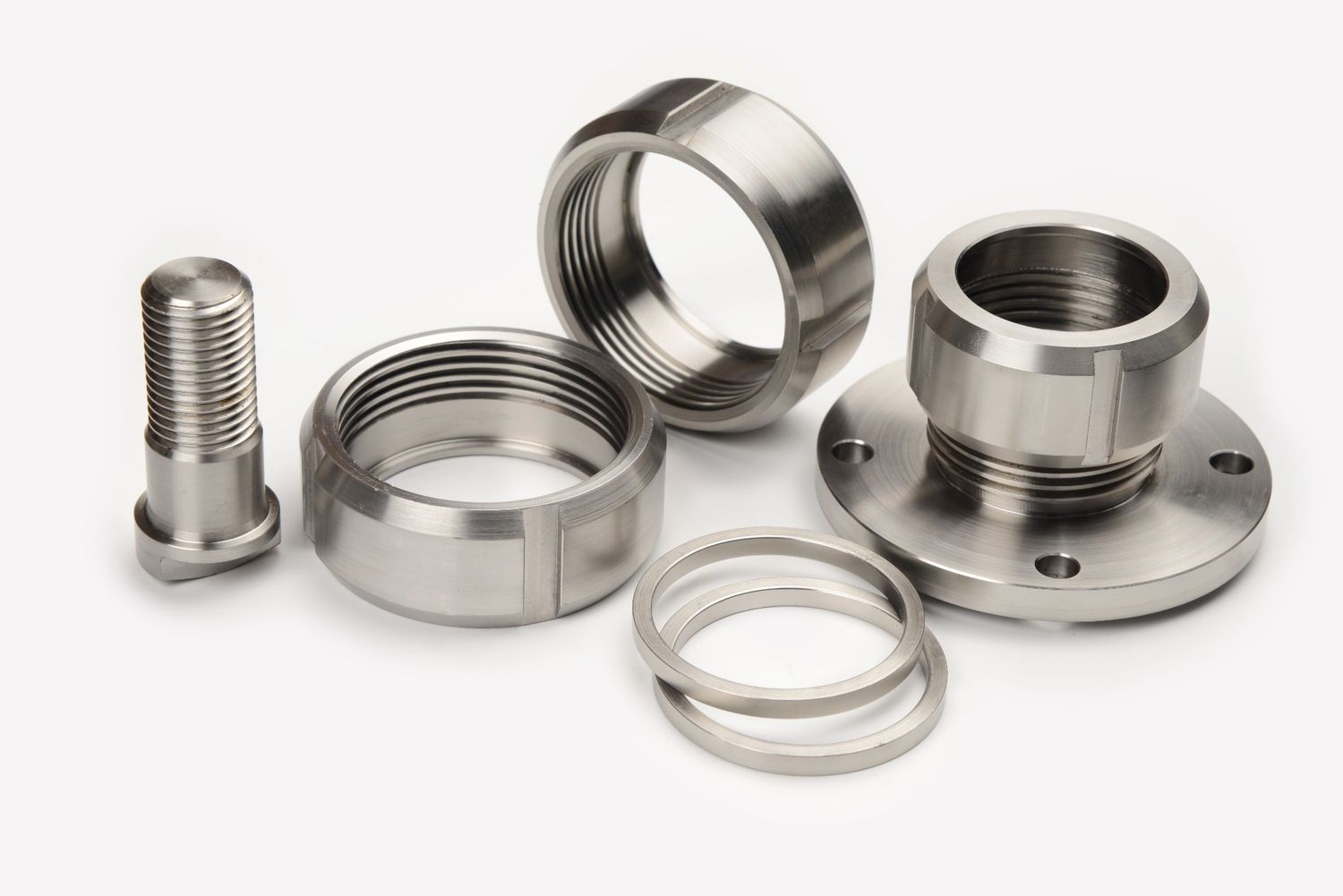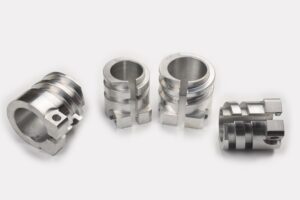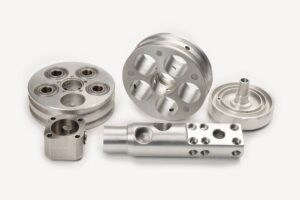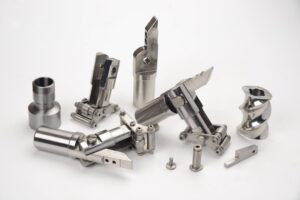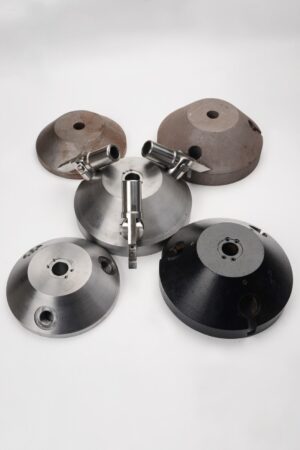Description
Here are key aspects related to machining parts for the pharmaceutical and industrial valve industries:
- Materials:
Valve components are often made from materials such as stainless steel, brass, aluminum, and alloys. The material selection depends on factors such as the type of fluid or gas being controlled, corrosion resistance, and the specific requirements of the application. - Precision Machining:
Precision is essential in the production of valve components to ensure proper sealing, efficient flow control, and reliability. CNC machining is commonly used for precision machining, allowing for tight tolerances and high accuracy. This is crucial for components like valve bodies, stems, and seats. - Cleanliness and Sanitization:
In the pharmaceutical industry, where hygiene is critical, machining processes must adhere to strict cleanliness standards. Cleanroom environments may be implemented, and components may undergo specialized cleaning and passivation processes to ensure they meet pharmaceutical industry requirements. - Corrosion Resistance:
Valve components may be exposed to corrosive substances in various industrial processes. Machining processes may include the use of corrosion-resistant materials and coatings to enhance the durability of valve components. - Complex Geometries:
Valve components often have complex shapes and intricate geometries to facilitate efficient fluid control. Machining techniques, including multi-axis machining and precision grinding, are employed to produce components with complex features, such as valve plugs and intricate valve bodies. - Surface Finish:
The surface finish of valve components is important for proper sealing and to minimize the risk of contamination. Machining processes are controlled to achieve the required surface finish, and additional finishing techniques may be applied. - Quality Control:
Rigorous quality control measures are implemented throughout the machining process to ensure that valve components meet stringent industry standards. Inspection processes may include dimensional checks, material testing, and leak testing. - Regulatory Compliance:
Valve manufacturers must comply with industry standards and regulations. In the pharmaceutical industry, this includes adherence to Good Manufacturing Practice (GMP) guidelines. Compliance with standards ensures the safety, reliability, and quality of valve components. - Customization:
Different applications may require customized valve designs. Machining allows for the customization of valve components to meet the specific requirements of different industries and applications.
Examples of valve components that may undergo machining include valve bodies, stems, seats, actuators, and various internal components used in pharmaceutical processing and industrial fluid control systems.
In summary, machining plays a critical role in the production of valve components for the pharmaceutical and industrial valve industries, where precision, cleanliness, and compliance with industry standards are essential. Advanced machining technologies and stringent quality control measures are employed to meet the specific requirements of these sectors.





